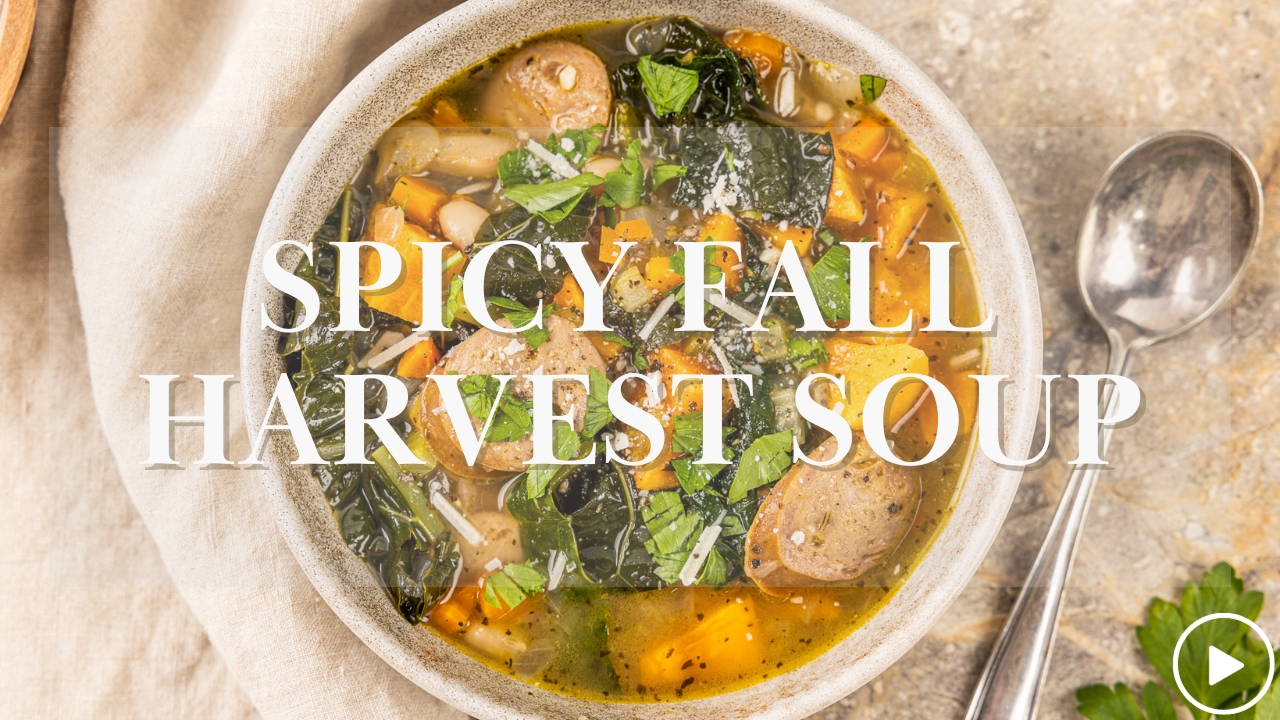
One of the best ways to warm up during these cooler months is with a delicious, hearty bowl of soup. From your classic chicken noodle soup, creamy corn chowder, or warming egg drop, there's a variety of soups that please anyone! It offers more than just warmth, its comfort and flavor have been a culinary tradition found on dinner tables for centuries. What has made the iconic dish so popular is its simplicity and customizability. There is a soup for every occasion and made differently in every culture. In this editorial, we will explore the fundamentals that make the best soup to level up your soup game.
What makes a great soup?
To really understand how to make a delicious soup we first need to answer the components of it. In its simplest form, the key components of soup are a flavorful base, balanced flavors, and added texture, supplemented by various cooking methods, and customizability. When putting all of those pieces together, you have a foolproof formula for a delicious soup.
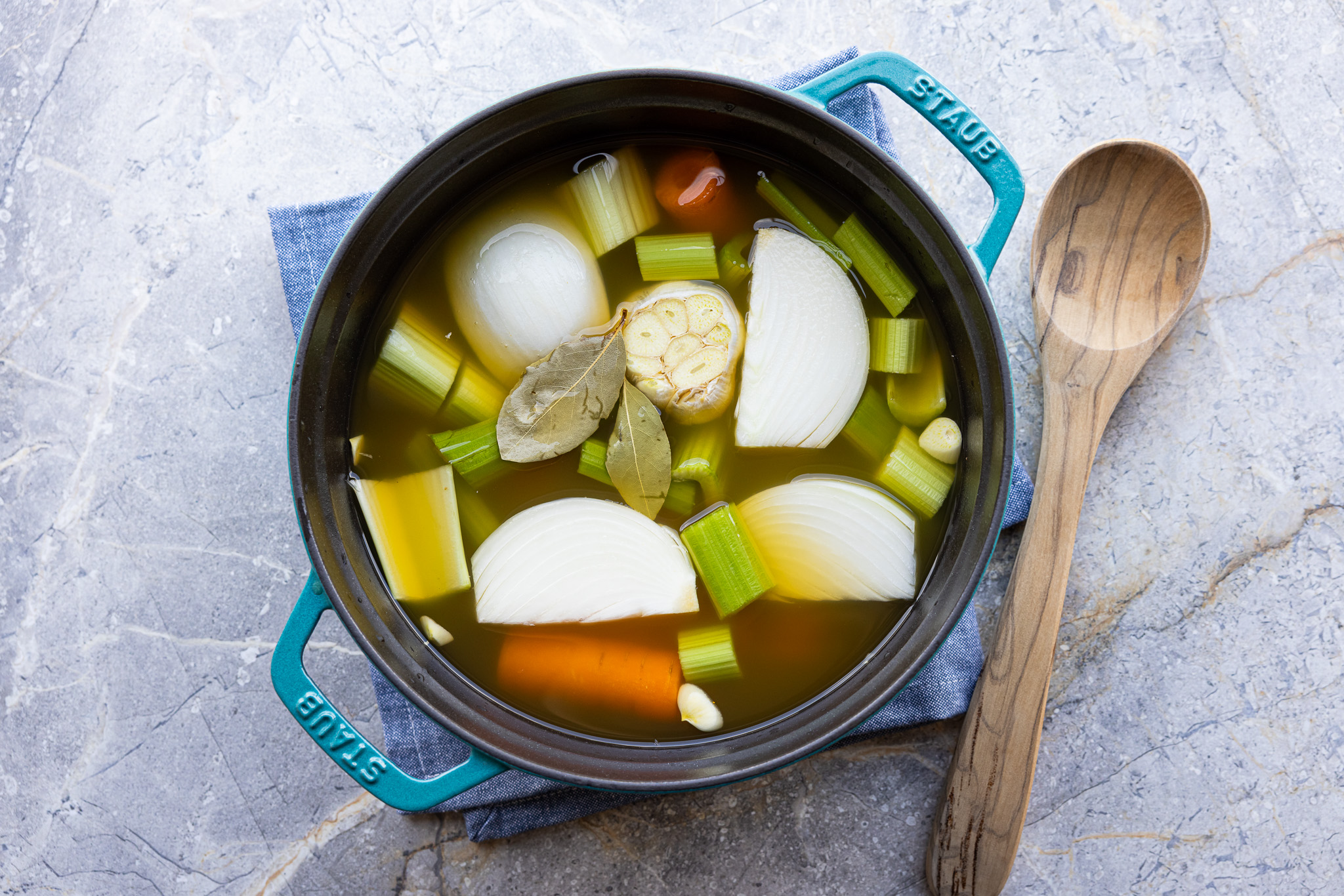
Building Bases:
The base of the soup is arguably the most important part of soup making. This is the glue that holds the soup together. It is also the most laborious part of the dish. The base of pho can take up to six hours. For ramen, it can take up to 14 hours! If you get this right, your base is an umami powerhouse that even your closest friends and family will be fighting over.
There are two main types of bases - stocks and broths. Stocks are typically made from the reduction of bones like in ramen, while broths are made from the reduction of flesh and meat like in pho and chicken noodle soup. Both of these bases are enhanced with vegetables like carrots, celery, onions, and more to both enhance and balance the taste. Common types of stock include beef stock, chicken stock, and vegetable stock. Vegetable stock is also a common option and great for those looking to eat meat-free. The stocks and broths will cook down in water to bring about a rich, flavorful base to build from.
Pro Tip: Depending on the type of soup, the recipe may call for a roux. What's a roux? It's a mixture made with a 1:1 ratio of fat (such as butter) and flour, cooked over low to medium-high heat until the flour and fat have mixed evenly. A roux is used as a thickening agent for soups, stews, and sauces. A roux can be white, blond or brown depending on how long it's cooked for.
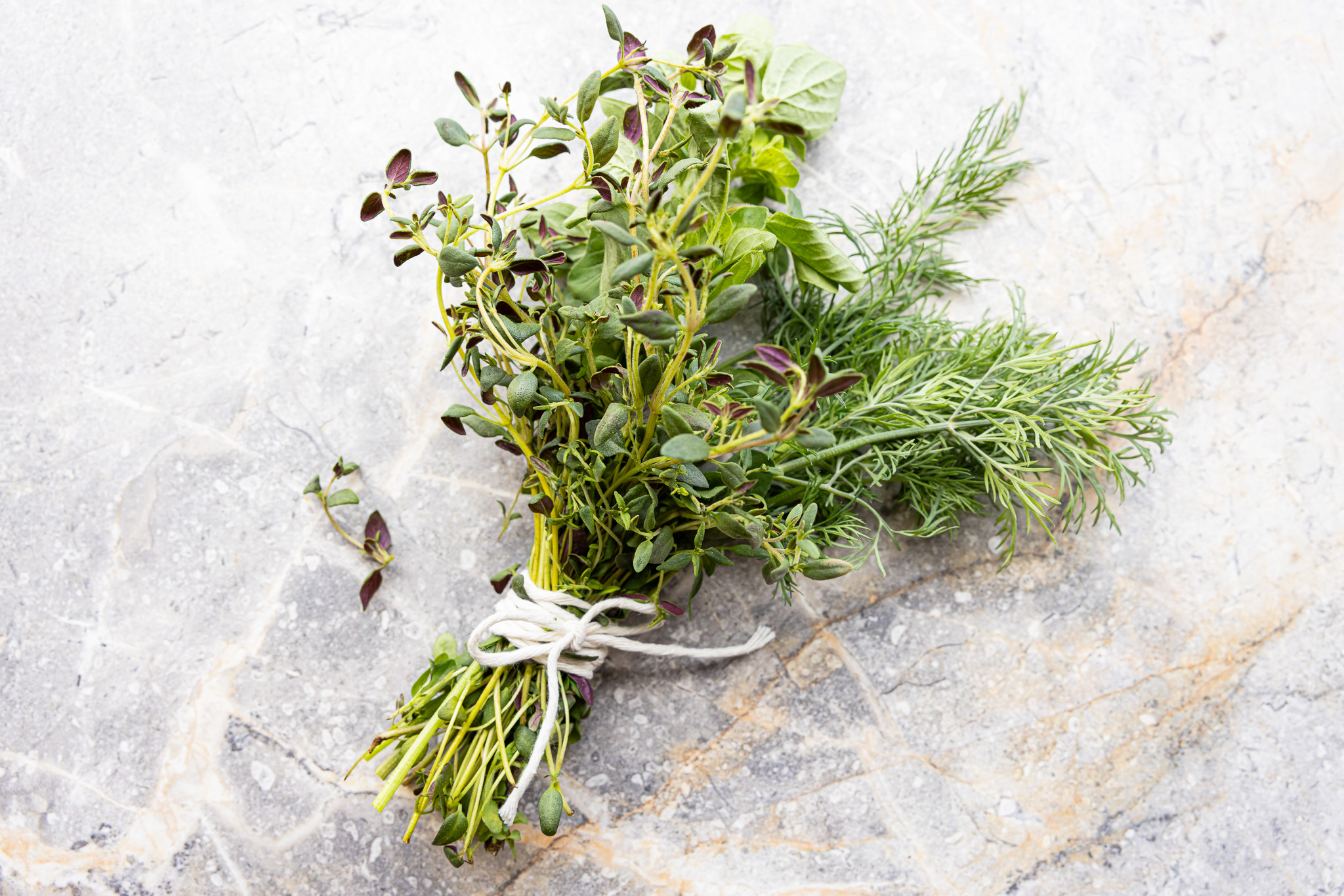
Balancing Flavors:
Once you have a delicious base, adding additional ingredients to your soup can create complex layers of flavor and richness that are superior to your standard soup or broth. Some umami-rich flavors include tomatoes, mushrooms, and hoisin sauce. These are great ways to bring out the other ingredients without overpowering them. For some bases, it’s important to work with them to make it even more delicious. For a tomato soup, parmesan and fresh herbs like basil will be a great way to support it. For a chicken noodle soup, starchy ingredients like potatoes and dumplings can balance the saltiness of the chicken.
For many soups, a bundle of herbs and spices is the secret to a delicious soup. These herbs and spices create depth and bring out flavor and is a vital part of a great soup. Without them, soups are one dimensional and bland. Take your favorite herbs and spices like thyme and garlic bay leaves; tie them with twine and place it in your soup base to elevate the flavor and add rich dimension. This technique is known as a sachet which is French for “small bag”. In the past, sachets were made from cheesecloth, filled with herbs and spices, as well as peppercorns or chili flakes, tied in twine, and placed in the bottom of a pot. Similar to a teabag, the herbs and spices in the sachet will infuse with the soup base and provide easy cleanup by simply removing the bag. In pho, cinnamon bark, star anise, cloves, coriander seeds, and black cardamom are commonly found in a sachet bag. In French onion soup, a sachet can consist of thyme, bay leaves, and peppercorns.

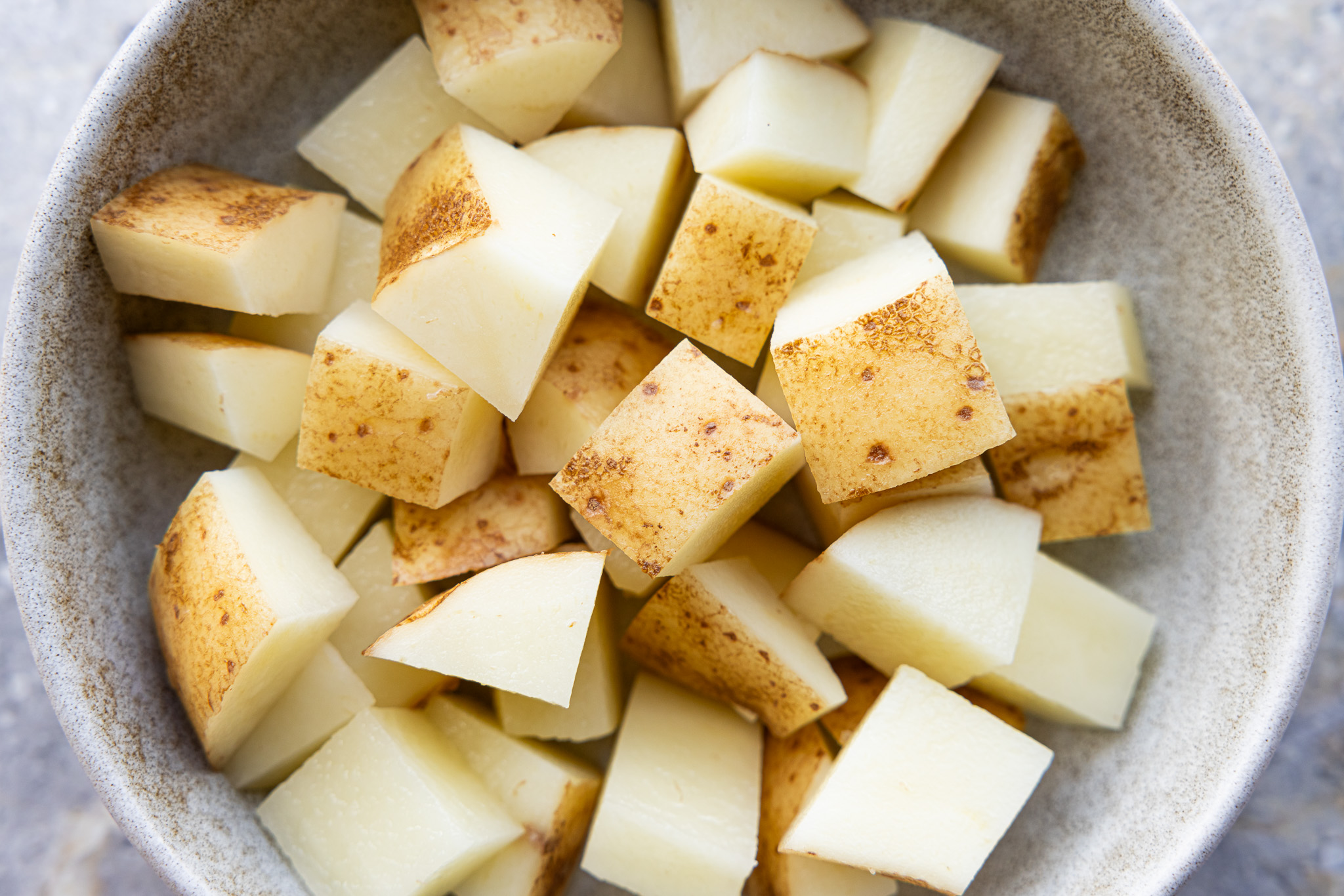
Adding Texture:
It’s really important to think about texture when making a soup. Whether it’s a chunky, hearty turkey soup or a silky smooth butternut squash soup, texture plays a key role in creating dimension with the mouth feel of your soup. Some ways to make a soup thicker are through a roux, cornstarch, and cream. For a chowder that is made with a roux, stir in cream to create that thicker spoonful. For a pumpkin soup, the starch from the pumpkin flesh thickens the soup when blended. For a consommé, all the ingredients are filtered before serving making it one of the lightest soups out there.
For any of these dishes, it’s important to know what can also detract from the dish. Adding acid can curdle the milk in a milk-based soup like chowder. Let a roux cook too long and it can make the dish bitter or burnt. Blending a pumpkin soup too early will leave your soup with chunks and not the desired smooth texture. And finally, start straining a consommé too early and you’ll miss the richness of what the dish could have offered. This is where patience and attention play in and when it’s done right you will have a pot of gold.
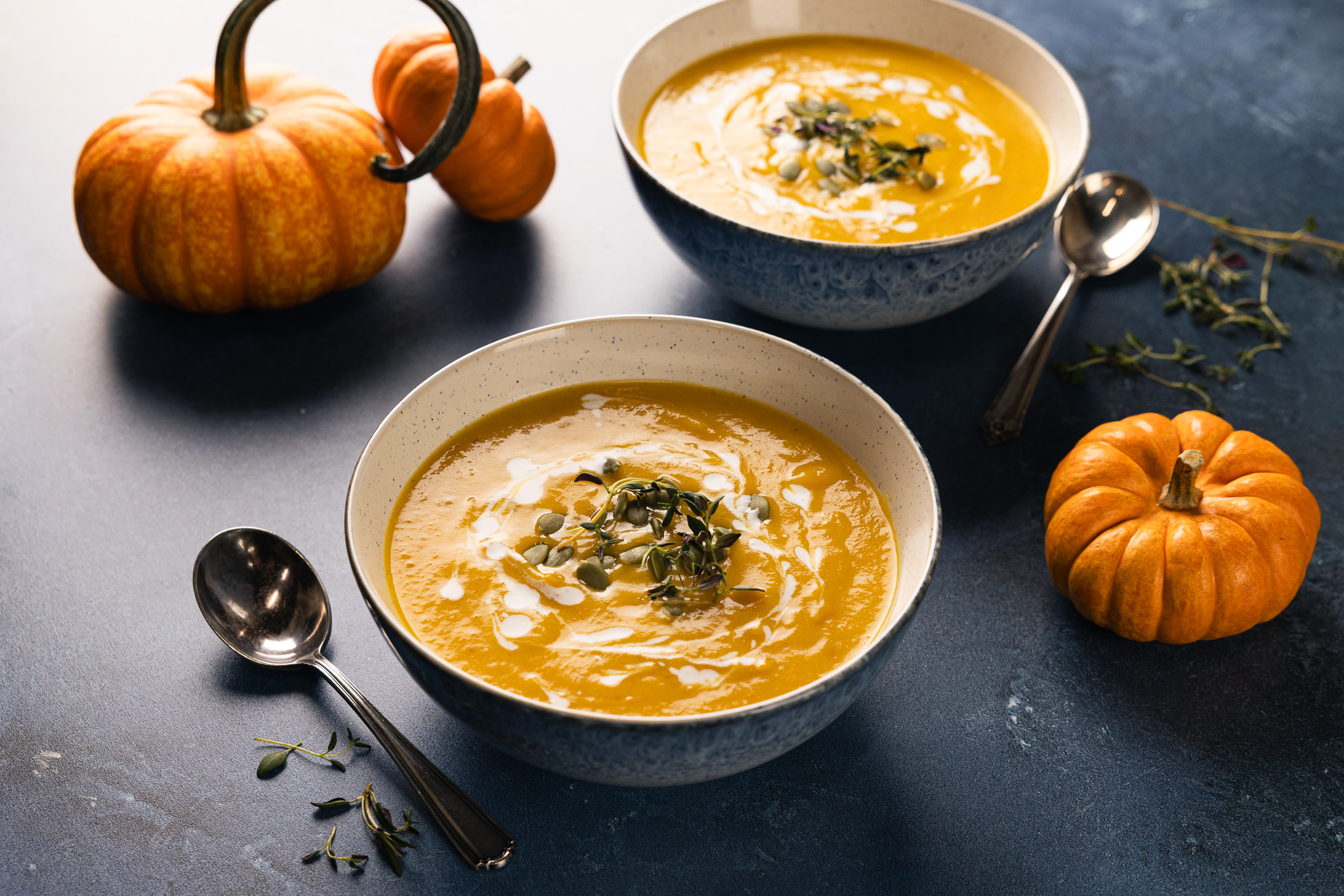
Cooking Methods:
There are many different ways to cook your soups and it’s very important to consider all the different methods before making it and what the benefits of each are.
Simmer: Simmering helps extract rich flavor from your ingredients and meld those flavors together gradually. This is very forgiving as the taste can be readjusted over an extended period of time. Keep in mind some flavors compound over time like saltiness and heat. Stews, chilis, and broths all benefit from simmering to truly enrich the soup over time.
Pro Tip: What’s the difference between a soup and a stew? It’s simple. Soups tend to focus on the broth as the star of the dish, while stews tend to focus on ingredients like meats like tender beef or vegetables as the main attraction.
Boil: Boiling is a way to cook your ingredients rapidly and reduce cooking time for your soup. Ingredients like noodles, rice, beans, often can be boiled with your soup base but be sure to your ingredients in the proper order to avoid overcooking and undercooking certain ingredients. Dense vegetables like cauliflower or potatoes may need to be boiled to bring out the flavors and prevent some from being over and undercooked in the pot.
Pressure Cook: Pressure cooking is a great way to speed up the process of cooking a soup while tenderizing the ingredients. Some downfalls are that you won’t get to taste and adjust the flavors of the soup as it’s being made and delicate ingredients like herbs can end up overcooking and going bitter in the soup.
A Little Bit of This, A Little Bit of That
Though soups may seem like a very daunting task with many layers, it’s also just as important to remember how forgiving soups are. Just approach your process with a light hand and taste as you cook. Soups are a great medium to explore your creativity and try out some wild and unique flavors because of how forgiving they are. If you’re looking to prevent some veggies in your fridge from spoiling, throw that in. If you’ve recently been obsessed with a new ingredient, try it in a soup! It’s all about knowing what to do with the flavors and finding ways to balance the dish when they’re in there.
Pro Tip: Garnishes and finishing touches are vital in the presentation of your soup; after all you eat with your eyes first! Whether using a dash of fresh cracked black pepper or sea salt, a spring of rosemary, fresh parsley, or even a quick splash of lemon juice, be sure not to skip this step as it elevates your dish and perfects your presentation!
Pro Tip: When making soup, we recommend making large batches! Store your extra in the freezer and reheat for later! Always store in an airtight container to keep food fresh. Soups made with dairy such as cheeses or cream or that contain pasta aren't recommended for freezing. Leftover soup can be stored in the refrigerator for up to 4 days and in the freezer for up to 3 months!
Creating the best soups is an art that combines your creativity, intuition, and experience into a bowl as unique as the person who made it. By understanding the fundamental principles, exploring various flavor profiles, and embracing the need for experimentation, you have all the ingredients to put together a delicious and flavorful soup. Now it’s your turn to pick up your ladle, gather your ingredients, and let your culinary creativity soar to new heights with this newfound information!
Ready to make a delicious soup? Try our Spicy Fall Harvest Soup!
